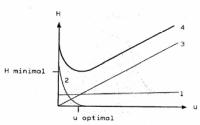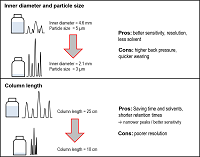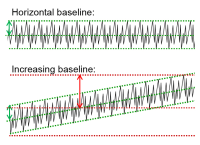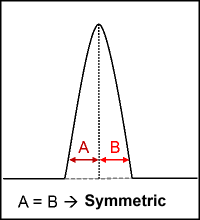Separation of substances using chromatography methods

Basic relations and conclusions for troubleshooting
Does it always have to be HPLC?
HPLC (High Performance Liquid Chromatography), GC (Gas Chromatography), and TLC (Thin Layer Chromatography) are a tandem of powerful analytical tool used to solve almost all separation activities in the laboratory.



